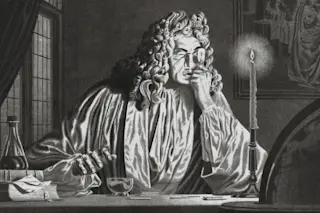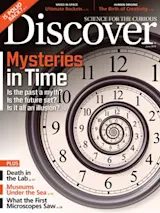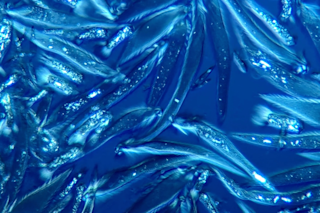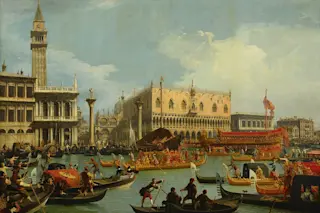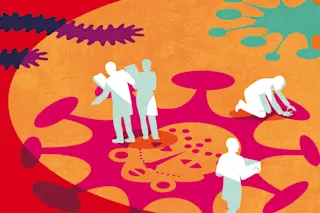Perhaps one of the biggest ironies in biology is that microbes, which are the oldest self-replicating organisms on Earth, were among the last to be discovered and have largely been ignored. The history of their discovery is, like many in science, based on the invention of new technologies. In this case, it was a microscope created by a man named Anton van Leeuwenhoek. But before the Dutchman could make his serendipitous yet groundbreaking discovery in the late 17th century, lens-making technology had to turn several corners and see some other significant findings first.
In the 14th century, crude lenses were being fabricated in Europe for correcting vision. Toward the end of the 16th century, the Dutch began to use Venetian glass, the clearest and the highest quality glass available, to fashion relatively high-quality lenses.
Early in the 17th century, two Dutch lens-makers fashioned a telescope by pairing a concave and ...


